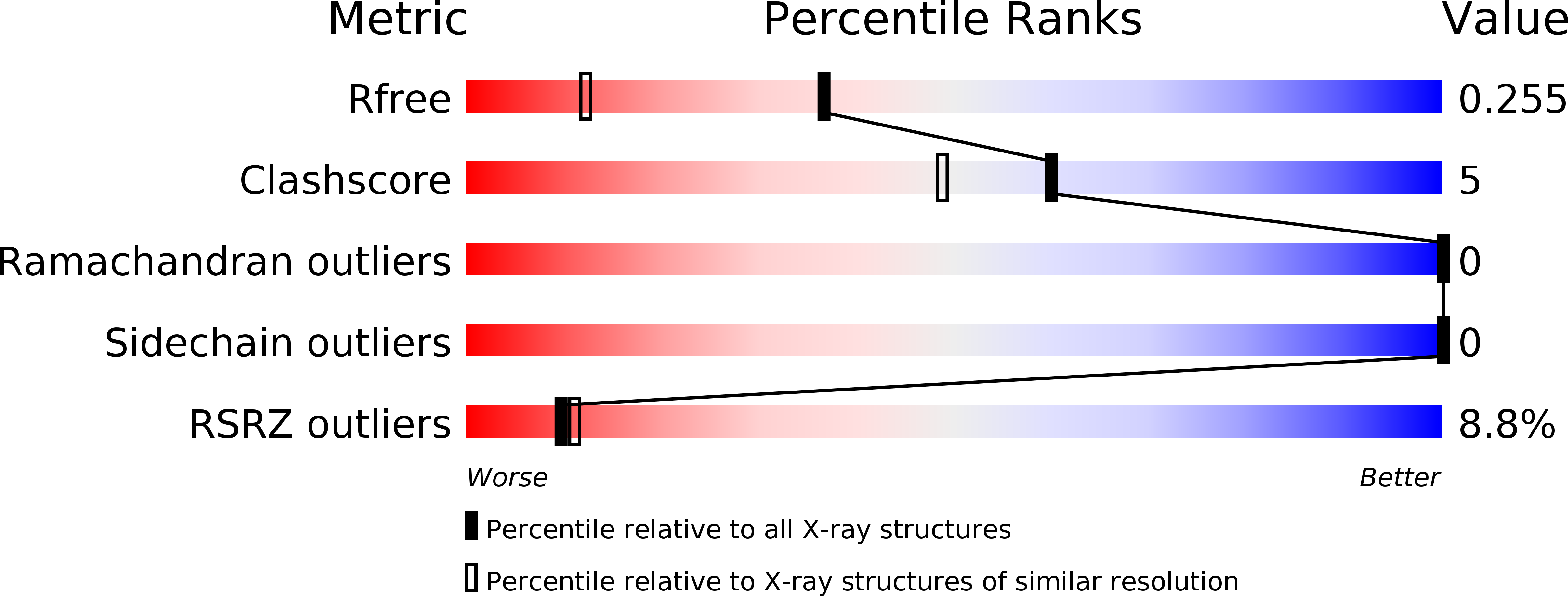
Deposition Date
2019-07-31
Release Date
2020-08-05
Last Version Date
2024-07-10
Entry Detail
PDB ID:
6PZ6
Keywords:
Title:
Co-assembly of VIQKI D452(beta-L-homoaspartic acid) with human parainfluenza virus type 3 (HPIV3) fusion glycoprotein N-terminal heptad repeat domain
Biological Source:
Source Organism:
Method Details:
Experimental Method:
Resolution:
1.70 Å
R-Value Free:
0.25
R-Value Work:
0.22
R-Value Observed:
0.22
Space Group:
P 1 21 1


